Alastair Macaulay: Insincerity rules at Royal Opera House
NewsThe former chief dance critic of the New York Times, reviewing here for Slippedisc.com, finds little to admire in Covent Garden’s new ballet, based on Henry Mikolai Gorecki’s Symphony of Sorrowful Songs.
by Alastair Macaulay
Nothing about Light of Passage, Crystal Pite’s new three-part creation for the Royal Ballet at Covent Garden, feels spontaneous; nothing
about it feels sincere. Instead, everything feels intensely choreographed, earnest, showily expressionistic. Pite’s choreography is magisterial in its way – for some people, she is one of today’s great choreographers – but it reminds me of a line written in March 1939 by
Edwin Denby about some disturbing tendencies in inferior examples of American modern dance: “I smell a Führer somewhere.”
That, some will say, is the point. We live in disturbing times. When Pite presented Flight Pattern, the first and longest section of Light of Passage, it was just a well-organised display of Suffering by Numbers, on a massive scale, which she claimed was about the
European migrant crisis. Well-disciplined queues of unhappy pilgrims ran or trudged across the stage with various kinds of energetically
anguished upper-body gestures. Now that Light of Passage has two more sections, the Royal Ballet’s director, Kevin O’Hare, introduces
it in the programme by writing of Pite’s “deep engagement through movement with the complexities of human experience,” “existential
tensions,” and “a path from childhood through to our own ultimate border crossing at the end of life.”
Actually, human experience in Passage of Light has no complexities whatsoever. What few meanings it has are crude, obvious, unoriginal,
and oft-repeated. We start young (the second part features six children, who are guided, supported, and lifted by the grown-ups), we
end old (the third movement features one elderly man, who is subsequently accompanied and supported by one elderly woman), and
in between we have no mirth, no joie de vivre, and no subtlety , though at least one pair of us is same-sex rather than opposite-sex.
All the movements are ponderous and large-scale. No entrechat-cinq or brisés in this vale of tears! The dancers are lit from above and
behind: Pite is not the kind of choreographer who wants us to take interest in differentiating Luca Acri and Benjamin Ella (who I think
get the same-sex duet) from Isabel Lubach and Matthew Ball (who get the last of several opposite-sex duets). In a ballet by Frederick
Ashton, the differences between those couples would be enthralling, but humanity on that merely human scale is not on Pite’s agenda.
As could be seen in Flight Pattern, Pite handles the arithmetics, geometries, and lighting of this dreary twaddle with terrific control.
It’s dirge-like, it’s miserable, but boy! has it been Choreographed!
Configurations, gestures, lifts are repeated from one side of the stage to the other, and from upstage to downstage: the echo-chamber effect. Each of those poor six children, dressed in white, has to proceed, oneafter another, toward us along a human corridor (grown-ups in black). We get Pite’s gruesome point – each of these children may be an individual, but their destiny is the same.
The music is Górecki’s Symphony of Sorrowful Songs. (By some morose quirk of artistic planning, this score reaches London opera houses twice over in the 2022-2023: English National Opera presents it in April-May 2023.) This is ultra-slow, anti-dance music, which Pite handles by fitting massive movements to minor pulsations and forceful movement constructions to subdued sound sequences. Most of her choreography is far from fast, but it’s so tightly jam-packed onto this often funereal Górecki symphony that it looks positively
brisk and business-like.
Passage of Light was greeted with rapture by Tuesday 18’s opening- night audience. Some of this enthusiasm may be attributed to the
usual first-night nonsense, but much was surely sincere. The British appetite for heavy-handed expressionism in ballet goes curiously
deep. True, you won’t find much expressionism in the work of Britain’s two greatest dance-makers, Frederick Ashton and Richard
Alston, but Pite’s heavy emphasis on meaning fits right into a tradition shaped by Ninette de Valois, Antony Tudor, Kenneth MacMillan, up to Matthew Bourne and Hofesh Shechter today. Oh those heavily repeated and rhythmically reinforced upper-body gestures!
Pite even recycles one of the more familiar devices from American modern dance, whereby a soloist (here one of those poor children) is
walked up a human staircase. Pite’s choreography is far from fast – though there’s plenty of running, but the movement is so busily jam-
packed on top of the slow dirge-like tread of Gorecki’s Sorrowful Songs that it looks brisker than it is. In her way, Pite is one of the
most impressive choreographers today, but the Big Brother organisational skills of her work are dehumanising. Never mind
humans: just look at all this Choreography about Humanity.

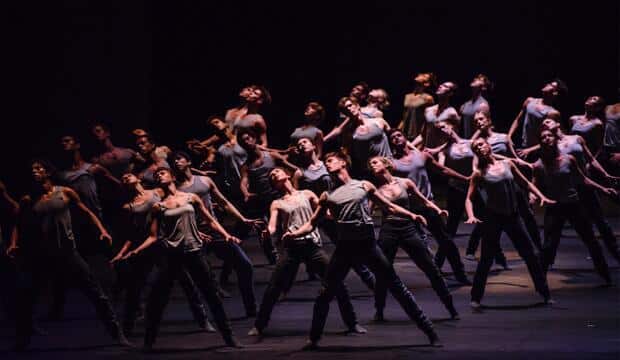
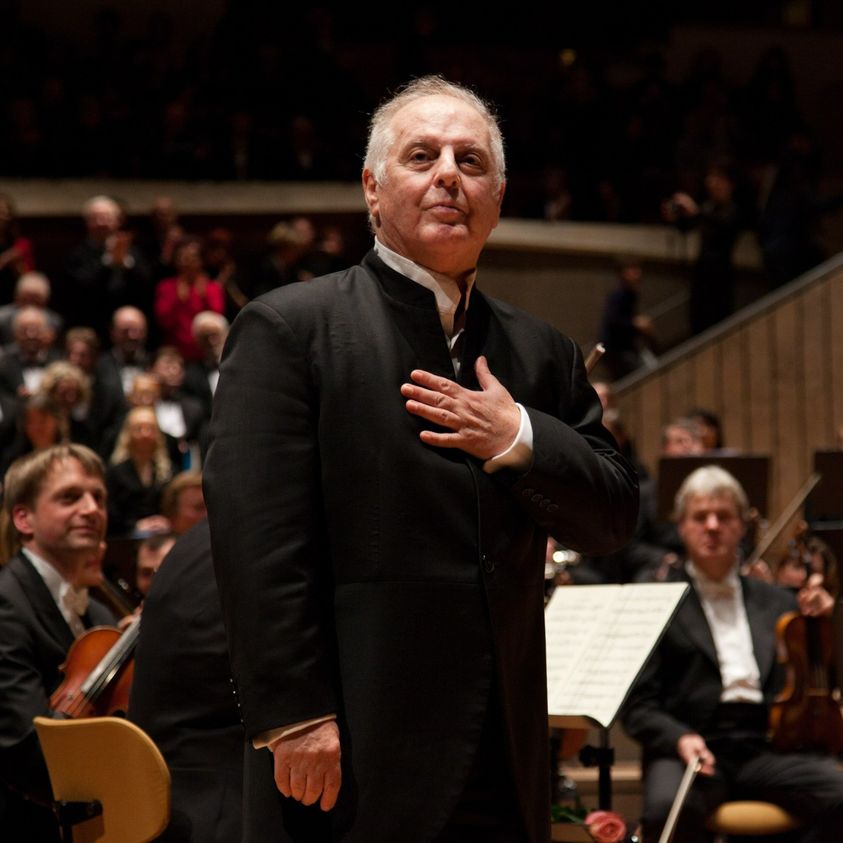
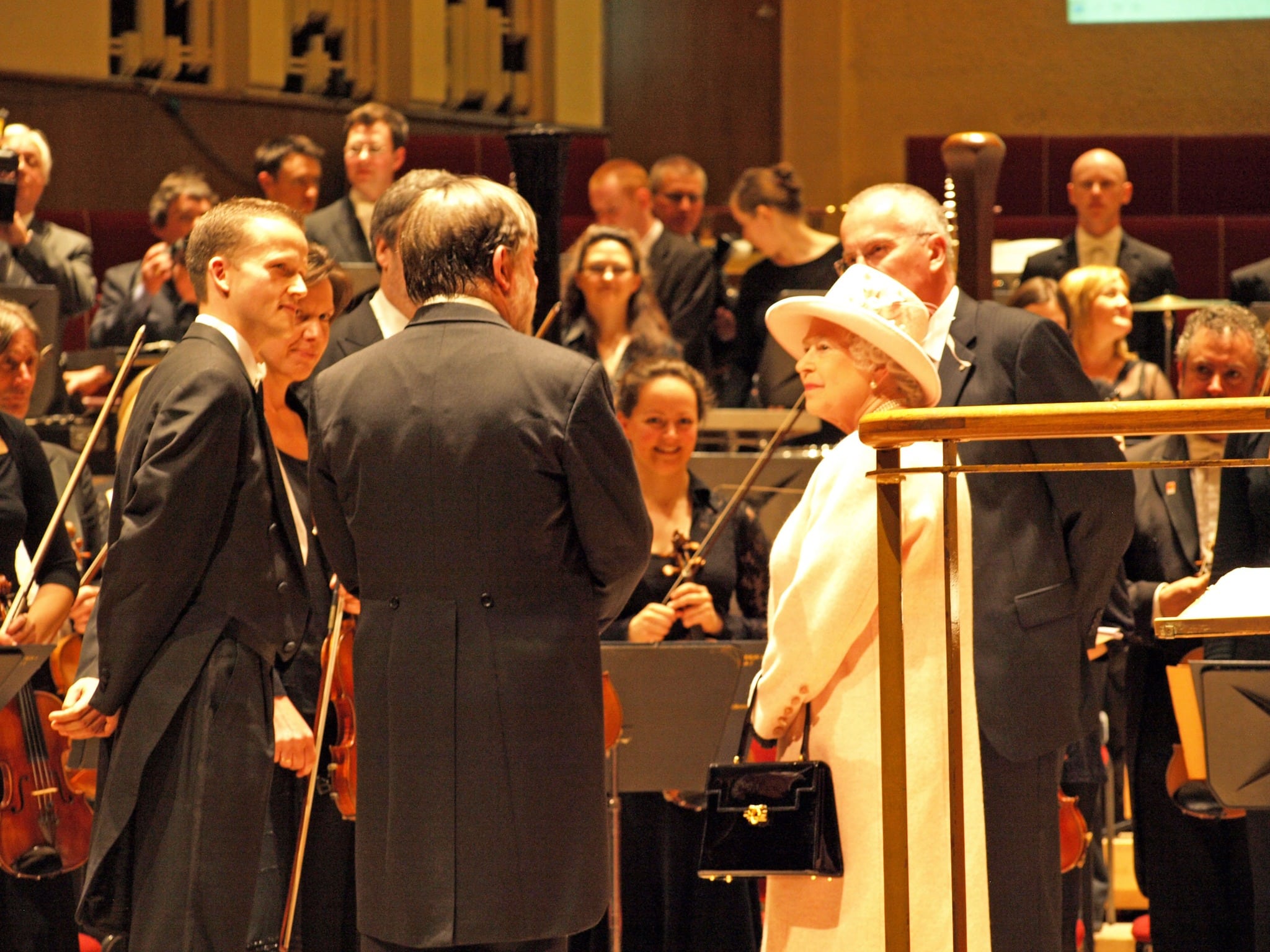
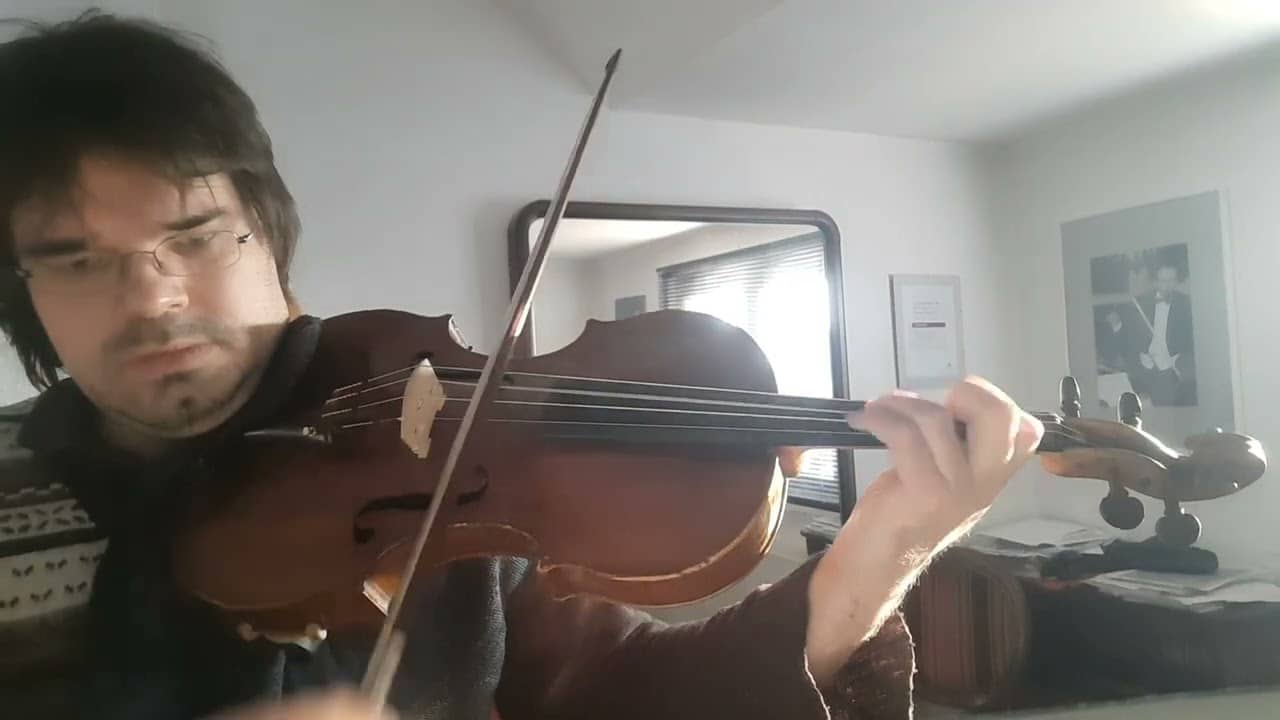
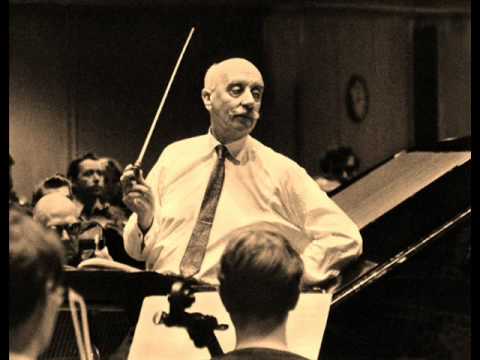
Perhaps you should employ a British critic?
He is.
I largely agree with your comments. I also found the heavily amplified singer difficult to listen to.
Who iis Alistair Macaulay? How much do you know about contemporary dance style…. Im writing from Johannesburg. I get the impression that you dont understand that in slow music there are fast rythms that contemporary dance can be choreographed to. You repeated…. Choreographed a few times… Ofcourse it is…. How else? I live in South Africa and have danced proffessionally in companies abroad… I find this review odd to say thhe least.
He was probably expecting a protest march or some flag waving instead of dancing! It was a beautiful performance and the dancers- professional, children and elders – all presented challenging choreography with great focus, strength and artistry. I brought three newcomers who loved it. Macaulay engages with likeminded narrow-minded fans who tut tut that it is not Ashton and has no tutus. He does nothing for the art and imparts nothing of value.
People have become shallow and one-dimensional, everything out there on top and playing to the gallery. Art reflects the times.
Perhaps Mr Macauley should stop moaning about everything that isn’t in a pretty tulle tutu. Not everyone lives a privileged and comfortable life like he does. He went on for so long and criticised even the audience. Am surprised he didn’t moan about the curtains and ice cream too.
I must be naif….in my innocence I thought ballet was about choreography of the movement to the music … and yet here it is complained about , with a long list of choreographers ( generally regarded as distinguished ) being criticised in addition
Dear Alastair,
These are difficult times to be a choreographer, everybody is trying to please. It’s so good you mentioned Frederick Ashton and Richard Alston.
‘the music sprang to life’ seems to have universally gone away.